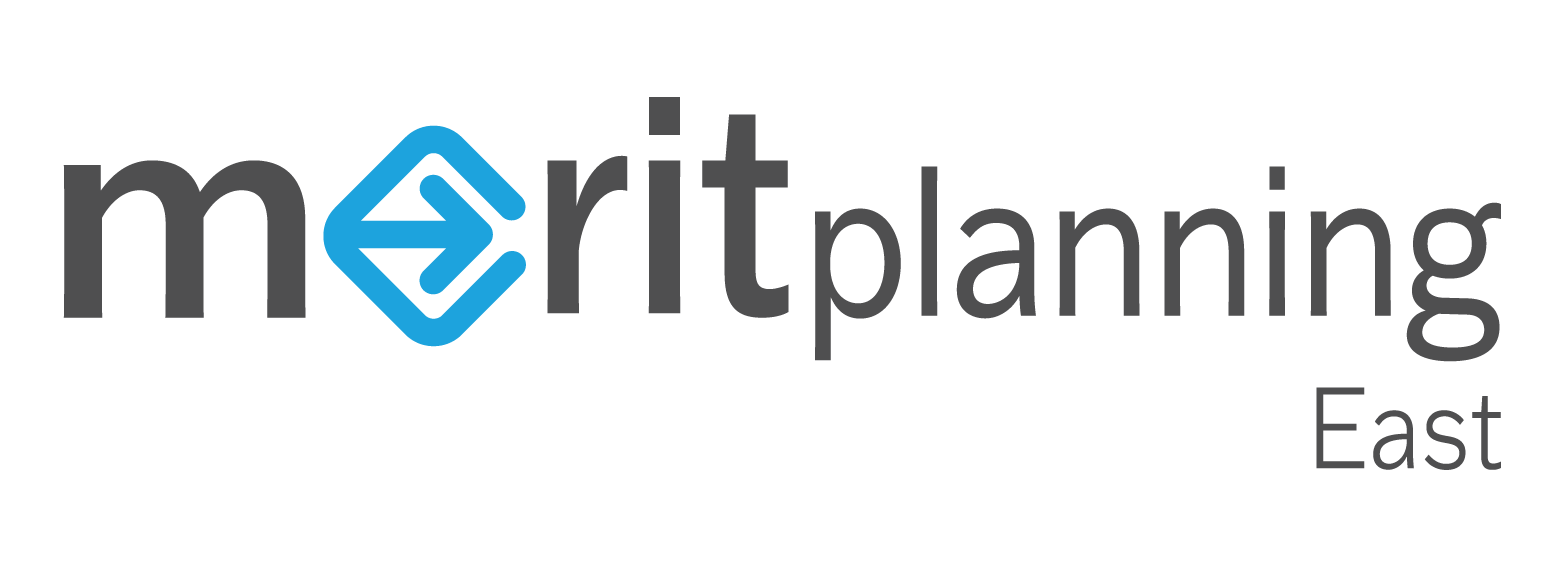- Services
Self-managed Super Funds
Explore options for creating and preserving wealth through a self-managed super fund (SMSF).
Take Control of Your Retirement
A self-managed super fund (SMSF) can help you manage your superannuation the way you want. Find out whether an SMSF is the right choice for your future.
High Net Worth Individuals
An SMSF can be a tax-efficient investment vehicle for individualswith a super balance of more than
$200,000.
Small Business Owners
Small business owners can use SMSFs to purchase and lease back assets to their business, freeing up capital and providing a steady stream of income for the fund.An integrated approach that grows wealth.
What Is an SMSF?
Self-managed super funds (SMSFs) are private super funds that are set up and run by their members.
Unlike retail or industry super funds, SMSFs:
- Have a maximum of six members
- Allow you to invest in diverse investment classes
- Give you full control over your super
Although the ability to fully manage your own super is appealing, SMSFs also come with a high level of responsibility.
SMSFs cost a lot of time and money to set up, and are your responsibility to manage (although you can get help from appropriately qualified financial professionals). This means that you should only consider an SMSF if:
- Your super fund balance is more than $200,000.
- You’re comfortable with being responsible for the fund’s compliance.
Why 1+ Million Australians Choose SMSFs
Better Investment Choice
SMSFs allow investment in a broader range of options than a retail fund. You can invest in property, collectibles, direct shares, and other investment types.
Tax
Minimisation
SMSFs provide better flexibility, allowing members to minimise tax by adjusting contributions, earnings, and investing via the fund.
Better Asset Protection
An SMSF can protect key assets like property from litigation and bankruptcy, making it a useful investment vehicle.
Better
Value
For members with balances over $200,000, an SMSF may represent a less expensive fund option than a retail fund.
Why Merit East?
If you’re ready to start exploring your SMSF options, the next step is to choose a licenced financial adviser who can provide advice about SMSFs.
At Merit East, our difference is simple: we believe in an integrated approach. That means we combine financial planning strategies with accounting perspectives.
We also ensure your SMSF is set up in accordance with your investment and retirement planning strategies. No financial pathway should be established in isolation – your current situation and future goals must always be considered.
To successfully run an SMSF, you need financial advisers who understand fund management from both compliance and wealth accumulation standpoints.
Find out how we can help by booking an introductory meeting.
Our Process
STAGE 1
Meet
STAGE 2
Assess
STAGE 3
Revisit
STAGE 4
Plan
STAGE 5
Set Up
SMSF FAQs
Technically, you can start an SMSF with any amount of super. A good way to work out whether an SMSF is an appropriate option for you is to compare the cost of managing an SMSF to the cost of a retail or industry fund.
Generally, starting an SMSF with less than $200,000 in super isn’t competitive unless you undertake some of the management responsibilities yourself (which may not be advisable if you aren’t a licenced financial adviser).
Because retail/industry funds charge a percentage of your super balance in fees, an SMSF delivers exponentially more value as you increase your balance. So, if you have more than $200,000 in super, an SMSF may be a good choice for you. If you have more than $500,000 in super, though, an SMSF will almost certainly be more cost-effective than a retail/industry fund.
SMSFs can be a good way to look after your super, but there are a number of risks you need to be aware of:
- SMSFs give you complete control over your investments. You can invest in asset classes like property and collectables, which is not possible through most retail/industry funds, and take advantage of market changes.
- You can buy assets and lease them back to your business.
- You can have up to six members in an SMSF, which means you can include your family members.
- You can use it as a tax-efficient investment vehicle.
- SMSFs can be cheaper than retail/industry funds once you reach around $200,000 in super.
The risks of an SMSF include:
- You’re responsible for your SMSF’s compliance. Breaches can incur significant penalties.
- SMSF regulation is exceptionally complex, so you need to be able to either keep up yourself or engage a licenced financial adviser to manage the fund for you.
- You’re responsible for your own investments, which can be costly if you don’t know what you’re doing.
- SMSFs can be more expensive than retail/industry funds if you have less than around $200,000 in super.
Although many of the risks associated with SMSFs can be mitigated by engaging an experienced financial adviser, the merit of an SMSF depends on your super balance and your individual financial situation.
Unlike retail and industry funds, an SMSF can invest in almost any asset class. There are, however, certain investment restrictions.
- With some exceptions, your SMSF can’t have more than 5% of its investments in in-house assets, which are:
- Loans to or investments in a related party of your fund
- An investment in a related trust of your fund
- An asset of your fund that is leased to a related party
- Your SMSF can’t borrow money.
- You can’t invest in collectables or personal use assets for present-day benefit, nor can you lease them or let them be stored or used by a related party.
All investments must also permitted under the fund’s trust deed.
Establishing a SMSF is a costly and time-consuming process, but it’s important to get right. The below table provides a range of SMSF establishment costs (courtesy of Rice Warner).
Fee | Low | Mid | High |
SMSF Setup | $330 | $488 | $695 |
ASIC Fee | $507 | $507 | $507 |
Service Provider Fee | $704 | $895 | $1,257 |
Total | $1,541 | $1,890 | $2,495 |
As such, an SMSF normally costs between $1,541 and $2,495 to establish.
Want to know more?
Contact us today and we will be in touch as soon as possible.



